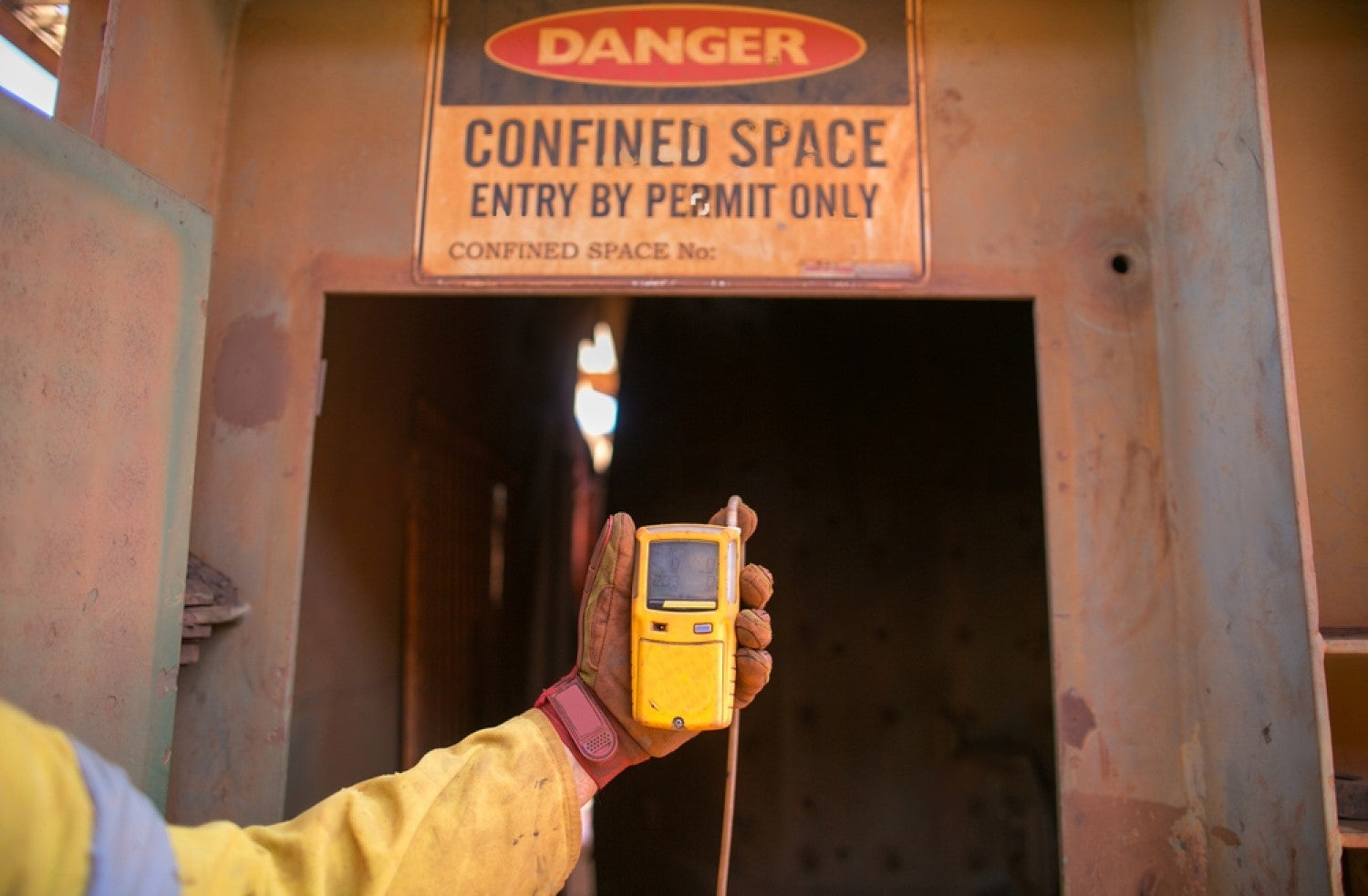Introduction
The onshore oil and gas industry is a cornerstone of global energy production, powering economies and driving technological advancements. However, it operates within an environment fraught with hazards, particularly the risk of gas leaks and emissions. Effective gas detection is crucial for ensuring the safety of workers, protecting the environment, and maintaining operational integrity.
Understanding the Risks
Toxic Gases
In the onshore oil and gas industry, various toxic gases can be present, including hydrogen sulfide (H2S), carbon monoxide (CO), and sulfur dioxide (SO2). These gases can be lethal even at low concentrations, posing significant health risks to workers. Prolonged exposure can lead to chronic health issues or fatal incidents, underscoring the need for effective detection systems.
Flammable Gases
The industry also deals with a range of flammable gases such as methane (CH4), propane (C3H8), and butane (C4H10). These gases are highly combustible and can lead to catastrophic explosions if not properly monitored and controlled. Early detection of flammable gas leaks is vital to prevent fires and explosions.
Oxygen Deficiency
In confined spaces or areas with heavy gas presence, oxygen levels can become dangerously low. An oxygen-deficient environment can quickly incapacitate workers, leading to fatal outcomes. Gas detection systems that monitor oxygen levels are essential to prevent such scenarios.
Key Benefits of Gas Detection
Ensuring Worker Safety
The primary benefit of gas detection systems is the protection of human life. By continuously monitoring the air quality and detecting harmful gases, these systems provide early warnings to workers, allowing them to evacuate or take corrective actions before the situation becomes life-threatening.
Regulatory Compliance
The onshore oil and gas industry is subject to stringent regulations and standards to ensure safety and environmental protection. Implementing robust gas detection systems helps companies comply with these regulations, avoiding hefty fines and legal repercussions. Regulatory bodies such as OSHA (Occupational Safety and Health Administration) and EPA (Environmental Protection Agency) mandate specific gas monitoring protocols that must be adhered to.
Preventing Environmental Damage
Gas leaks not only pose a risk to human health but also to the environment. Methane, for instance, is a potent greenhouse gas that contributes to global warming. Effective gas detection systems help in promptly identifying and mitigating leaks, thereby reducing the environmental impact and helping companies maintain their sustainability goals.
Protecting Equipment and Infrastructure
Gas leaks can damage equipment and infrastructure, leading to costly repairs and downtime. By detecting leaks early, companies can prevent damage to their assets, ensuring the longevity and reliability of their operations. This proactive approach minimizes operational disruptions and maintains productivity.
Advanced Gas Detection Technologies
Fixed Gas Detectors
Fixed gas detectors are permanently installed at strategic locations within the facility. These devices provide continuous monitoring and are ideal for areas with a high risk of gas leaks. They are often integrated with alarm systems and control panels to provide real-time data and alerts.
Portable Gas Detectors
Portable gas detectors offer flexibility and mobility, allowing workers to monitor gas levels in various locations. These handheld devices are essential for conducting spot checks, inspecting confined spaces, and ensuring safety during maintenance activities.
Wireless Gas Detection Systems
Advancements in technology have led to the development of wireless gas detection systems. These systems offer real-time monitoring and data transmission, enhancing situational awareness and enabling quick response actions. They are particularly useful in large and complex facilities where wired systems may be impractical.
Integration with IoT and AI
The integration of gas detection systems with IoT (Internet of Things) and AI (Artificial Intelligence) technologies is revolutionizing the industry. IoT-enabled detectors can communicate with central monitoring systems, providing data analytics and predictive maintenance insights. AI algorithms can analyze patterns and predict potential gas leaks, allowing for preventive measures to be implemented.
Best Practices for Implementing Gas Detection Systems
Risk Assessment
Conduct a thorough risk assessment to identify potential gas hazards and determine the appropriate detection technologies. This assessment should consider the types of gases present, their concentrations, and the specific areas of the facility that require monitoring.
Regular Maintenance and Calibration
Ensure that gas detection systems are regularly maintained and calibrated according to the manufacturer’s guidelines. Regular maintenance ensures the accuracy and reliability of the detectors, preventing false alarms and ensuring prompt detection of actual leaks.
Training and Awareness
Provide comprehensive training to workers on the use and importance of gas detection systems. Workers should be aware of the potential gas hazards, how to respond to alarms, and the proper use of portable gas detectors.
Emergency Response Planning
Develop and implement robust emergency response plans that include procedures for gas leak detection and evacuation. Regularly conduct drills to ensure that workers are prepared to respond effectively in the event of a gas leak.
Conclusion
Gas detection is a critical component of safety management in the onshore oil and gas industry. By implementing advanced gas detection technologies and adhering to best practices, companies can protect their workers, comply with regulations, prevent environmental damage, and safeguard their assets. As the industry continues to evolve, the adoption of innovative gas detection solutions will play an increasingly vital role in ensuring safe and efficient operations.
Contact our team of experts today to ensure you get the exact level of protection tailored to your specific job conditions.

